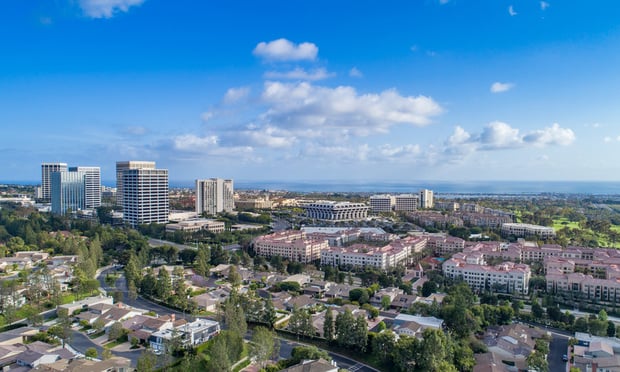PARSIPPANY, NJ—Much has been said about healthcare real estate redeveloping retail assets for its own use, but what about other segments that don't fit so tidily into the space? For seniors care, look no further than office buildings and dormant hospitals, says Leslie Meril, VP with Transwestern's Healthcare Advisory Services.
Meril looks at some of the benefits of these projects in this commentary for GlobeSt.com. The views expressed are the author's own.
To meet growing demand for healthcare services, developers have discovered the advantages of redeveloping dormant hospitals and office buildings into assisted living residences, skilled nursing facilities, rehabilitation centers and other care services that cater largely to seniors.
In Houston, for example, Med Center Developers LLP is renovating a former long-term, acute-care facility into a mix of skilled nursing space and medical offices. The 192,077-square-foot structure dates to the 1960s and was originally the Heights Community Hospital.
In East Hanover, New Jersey, Community Healthcare Associates LLC is awaiting final site-plan approval to convert an 80,000-square-foot, former office building into a skilled rehabilitation and assisted-living facility.
In both cases, developers knew that the healthcare activities they intended for the properties were less intensive than previous uses. That provided an advantage in seeking redevelopment approvals from local planners, since contributions to neighborhood traffic would be limited mostly to visitors and the staff running the facility.
Suburban office buildings can be excellent candidates for conversion to seniors care centers. These facilities often sell with conditions prohibiting the new owner from introducing uses that would compete with the seller's other nearby office properties. In most cases, however, seniors housing and rehabilitation centers constitute a complimentary use rather than a source of competition to neighboring office buildings and are therefore welcomed by the community.
Ease of access is seldom a challenge at properties that were built for patient care, so developers may find that wheelchair ramps and covered entryways designed to accommodate ambulances and gurneys are already in place.
Community Healthcare Associates found similar improvements in place at a former acute-care hospital that it acquired in 2008 and converted into a multi-tenant medical complex in Paterson, New Jersey. Today, the 300,000-square-foot Barnert Medical Arts Complex is approximately 97 percent leased to a diverse roster of national, regional and local healthcare providers.
Projects like these are a win for local communities, as well. Redevelopment that increases the property value ushers in more revenue for jurisdictions that collect property tax, and generates business activity that translates into income and sales taxes. Coupling those advantages with a low impact on neighborhood traffic generation typically appeals to community planners and review boards.
Special considerations
The residential component of assisted living and rehabilitation uses compels developers to be selective in evaluating office buildings for conversion. If existing elevators are too small to accommodate a gurney, the developer must be prepared to either expand the elevator or construct a new shaft. Similarly, corridors must be at least eight feet wide to allow wheelchairs and gurneys to pass each other.
Developers should seek properties with small floor plates, hub-and-spoke designs or other layouts that maximize window lines, because patient rooms must have windows. Purchasing vacant properties is also preferable, as it helps to keep the acquisition cost in check and conserve funds that will be needed for redevelopment.
© 2024 ALM Global, LLC, All Rights Reserved. Request academic re-use from www.copyright.com. All other uses, submit a request to [email protected]. For more information visit Asset & Logo Licensing.









